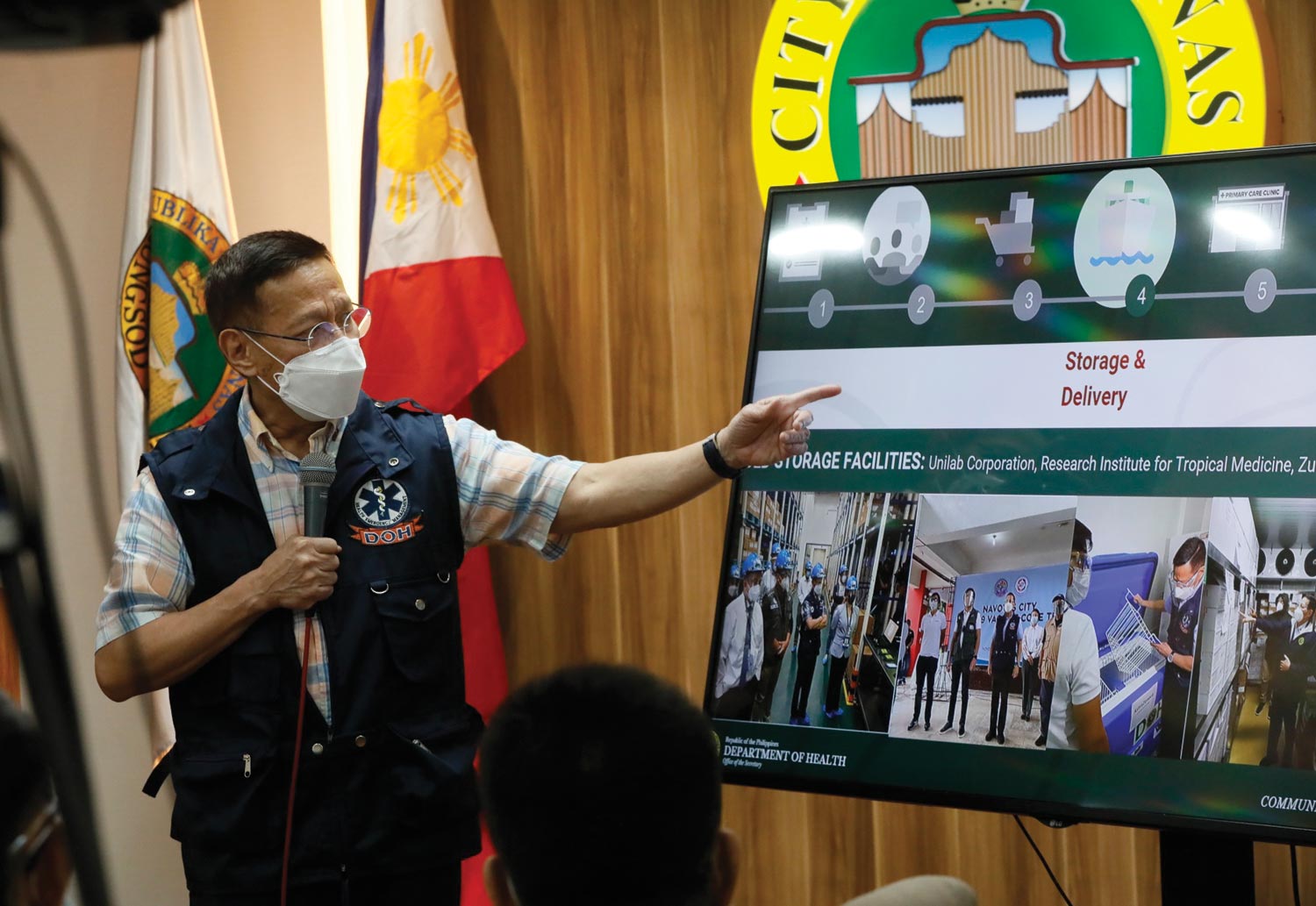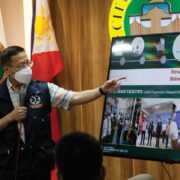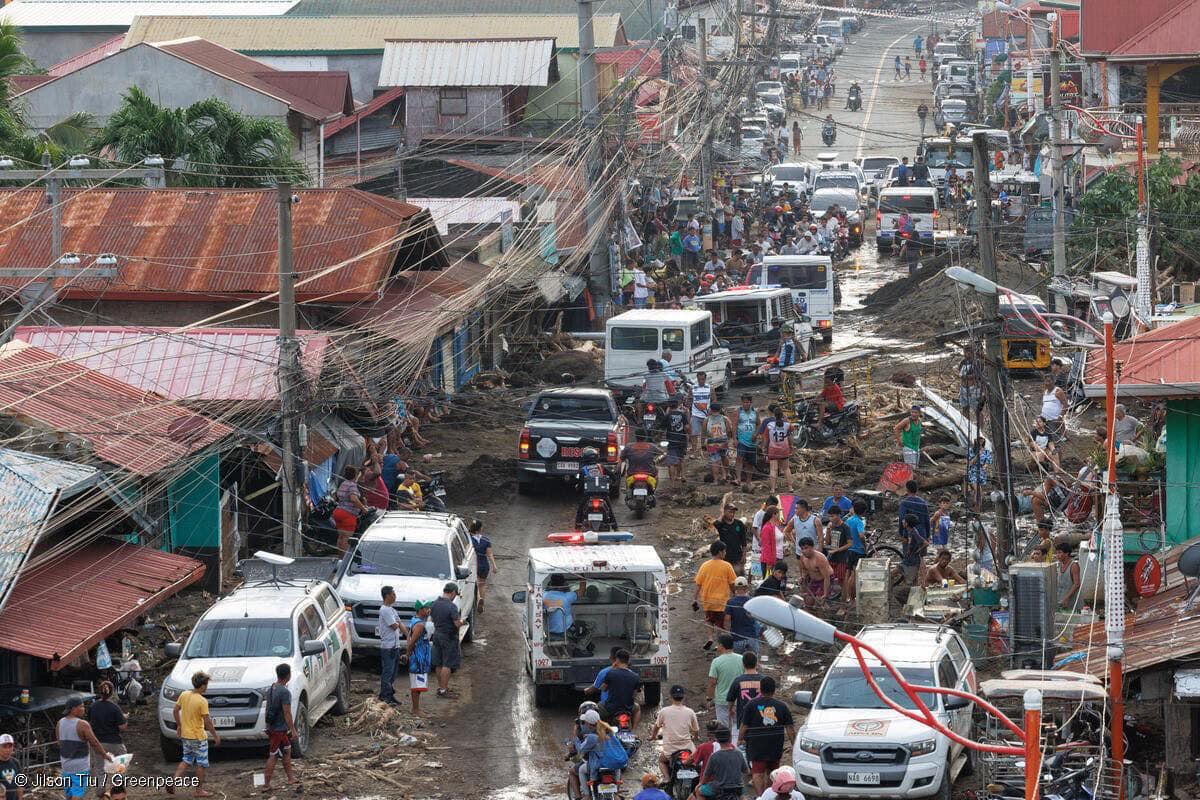
| PNA photo by Avito C. Dalan
FILIPINOS are the most disapproving of their government’s COVID-19 response among Southeast Asians, according to a recent survey.
A report from think-tank Singapore-based ASEAN Studies Centre — titled “The State of Southeast Asia: 2021” — found that 53.7% of Filipino respondents criticized the current administration’s pandemic response.
Of the figure, 17.9% of Filipinos said they “strongly disapproved” of the government’s COVID-19 response and 35.8% said they “disapprove.”
Meanwhile, only 6% of Filipinos said they “strongly approve,” of the government’s response, 19.4% said they “approve” of the government’s response, and 20.9% were “neutral.”
To date, the Philippines remains as the second Southeast Asian country with the most number of COVID-19 cases, just behind Indonesia. The Philippines has a total of 543,282 confirmed cases and 11,469 fatalities, while Indonesia has 1,183,555 cases and 32,167 fatalities.
Vietnam emerged as the country with the highest approval rating among its citizens at 96.6%, followed by Brunei at 93.9% and Singapore at 92.4%.
Improvements
When asked what their government should do to improve their COVID-19 response, 72.2% of Filipino respondents said the current administration must “encourage more scientists and medical doctors to contribute to public policy discussions and heed their advice.”
Meanwhile, 53.8% said that the government must “invest in early warning systems for pandemic outbreak” and on research and development for virus testing and vaccine development, and 33.3% said the government must “offer better financial relief and subsidies to citizens impacted economically by the pandemic.”
On the other hand, 30.6% believed that “politicians and public servants should observe public health measures, instead of flouting them.”
Only 5.6% of Filipinos stressed the need for improving the implementation of public health measures such as social distancing and mask wearing.
“These findings confirm that while ASEAN member governments have done relatively well in their public health response, they will need to do more to be better prepared in the long-term for future outbreaks,” the report noted.
Leadership, challenges
Overall, the majority or 32.7% of the Southeast Asian respondents chose Singapore as the country with the best leadership amid the global health crisis, followed by Vietnam with 31.1%.
Only 0.5% of the participants selected the Philippines for the category.
When asked about the top three challenges that Southeast Asia is facing, 80.6% of Filipino respondents answered “the threat to health from the COVID-19 pandemic.”
65.7% believed the challenge is “unemployment and economic recession,” while 59.7% answered “more intense and frequent weather events resulting from climate change.”
“The COVID-19 pandemic has left no one untouched, be it in the experience of the loss of loved ones, job retrenchment, travel restrictions or trade and education disruptions. That sense of uncertainty remains palpable as there are still no signs of abatement of the pandemic with new virus mutations across the world,” the report said.
“It is no surprise that the “threat to health from the COVID-19 pandemic” tops the list of challenges facing the region (76.0%),” it added.
The survey was conducted from November 18, 2020 to January 10, 2021 among 1,032 respondents from 10 ASEAN countries. The participants were from academia or research institutions, business and finance, civil society, non-government organizations, media, government, and regional or international organizations.





